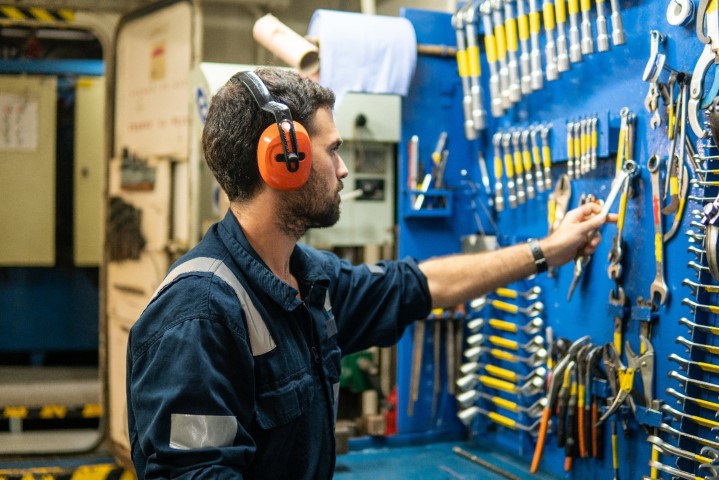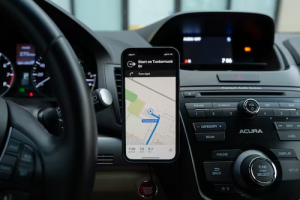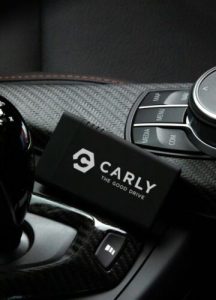
How to Communicate Effectively and Promote Safety in the Automotive Industry
Every year, car manufacturers spend billions of dollars on the research and manufacturing of specialist safety systems for cars. But what about the safety of the workers in automobile manufacturing and repair environments? Despite ongoing automation in the industry, vehicle manufacturers continue to rely on people to control critical processes in their production facilities.
During the course of their work, workers in automotive manufacturing and service jobs are exposed to noise, dust, and other dangers. Consistent and effective communication is key to promoting safety across the automotive industry for the benefit of manufacturers and workers. Here is how your business can supercharge its communications approach today.
Why Effective Communication Matters in the Automotive Industry
The automotive industry touches the lives of almost all American citizens. Nearly three million Americans are employed within the sector. Just under one million people contribute to the manufacturing and assembly of cars, while dealerships and related businesses employ nearly two million. Though that figure is impressive, it pales in comparison with the number of cars on U.S. roads, which currently exceeds 285 million vehicles.
Safety matters across the entire value chain, and it is especially important for the workers involved in the manufacturing process. Their health is more than a personal concern – it has a direct influence on the manufacturer’s profitability. Protecting workers from common hazards in production facilities helps minimize unplanned absences due to health and prevents staffing shortages, to name only two examples.
The same is true during the after-sales stage when vehicles require servicing or repairs. Keeping mechanics and other vehicle repair staff safe and healthy avoids long wait times for routine checks and ensures that there are plenty of employees available to look after unplanned repairs.
The automotive manufacturing industry has a challenging safety record. According to figures from the Bureau of Labor Statistics (BLS), workers in motor vehicle manufacturing are far more likely to require days off work for illness and injury than those in other private industries. Around one in two non-fatal illnesses or injuries can be attributed to musculoskeletal disorders that developed as a consequence of a bodily reaction or overexertion. Many of those problems could be avoided with the help of effective communication.
Emerging technologies hold the key to this type of communication in the automotive industry, both in manufacturing and in auto repair environments.
Common Barriers to Effective Communication in Automotive Work Environments
Understanding why communications fail in automotive work environments is the first step toward developing more effective communications strategies in the sector.
Over the past decade or two, car manufacturers have been able to automate many of the manual processes required to manufacture car parts and assemble them into finished vehicles. As a result, production facilities have become quieter, cleaner, and safer work environments. However, despite those changes, workers in automotive plants still face risks from mishandling equipment, slips and falls, a lack of safety gear, and musculoskeletal injuries.
Automotive repairs have followed a similar trend. Getting to the root of a problem of a modern car most often starts with computer-dependent diagnostics before hands-on work starts. Still, mechanics become injured or contract illnesses in the course of their work.
In many cases, a lack of communication lies at the core of the problem. For example, new workers may not yet be aware of safety procedures that are old news to veteran employees. New employees or those who have transferred from one area of manufacturing to another may also be unfamiliar with the correct use of specific personal protective equipment. Others may simply not fully understand the hazards their work involves.
Clear employee communication can solve each of those problems. Organizing a thorough induction process for new staff is an excellent start, but few people remember everything they were told during their first day on a new job. Safety signage can help reinforce those messages and serve as a regular reminder.
Strategies and Technologies for Overcoming Communication Barriers in the Automotive Industry
Embracing the potential of new technologies will allow the automotive industry to overcome communication barriers that can lead to accidents and injuries.
Digital technologies hold the key to keeping workers in the automotive industry safe and healthy. Most workers in the industry are regularly using emails, texting, and direct messaging apps in other parts of their lives. Employers can utilize them just as effectively to relay critical safety information.
Relying on traditional communications methods to reach hundreds of thousands of workers on different shifts in different locations is at best impractical. Direct messaging can solve this problem. Digital signage on production floors is another great option to communicate changes and updates to teams working days, nights, or weekends in different locations.
“There’s an App for That.” How Branded Apps Facilitate Internal and External Communications
Coined by computer manufacturer Apple in 2009, the phrase “there’s an app for that” remains true today. By now, apps can be created quickly and cost-effectively. They are used by businesses of all sizes to connect and interact internally and externally.
In the automotive industry, they allow manufacturers to disseminate safety and repair information to employees and service partners, for example.
The Future of Communication Technology in Enhancing Safety in the Automotive Industry
Across the automotive industry and beyond, emerging technologies including artificial intelligence (AI) and machine learning (ML) are disrupting the status quo.
There is no reason why these technologies should not also shape internal industry communications. AI and data analytics are already helping communications professionals determine which messages resonate most with their audiences.
Using these technologies, automotive communicators can craft captivating safety messages that get the attention of employees and others. Making critical information easy to share can further assist in safety messages being spread quickly and efficiently without losing the human touch that is equally characteristic of the industry.
As industries worldwide continue to discover the capabilities of emerging technologies for effective communications, the automotive industry has an excellent option to improve safety across the entire value chain.


